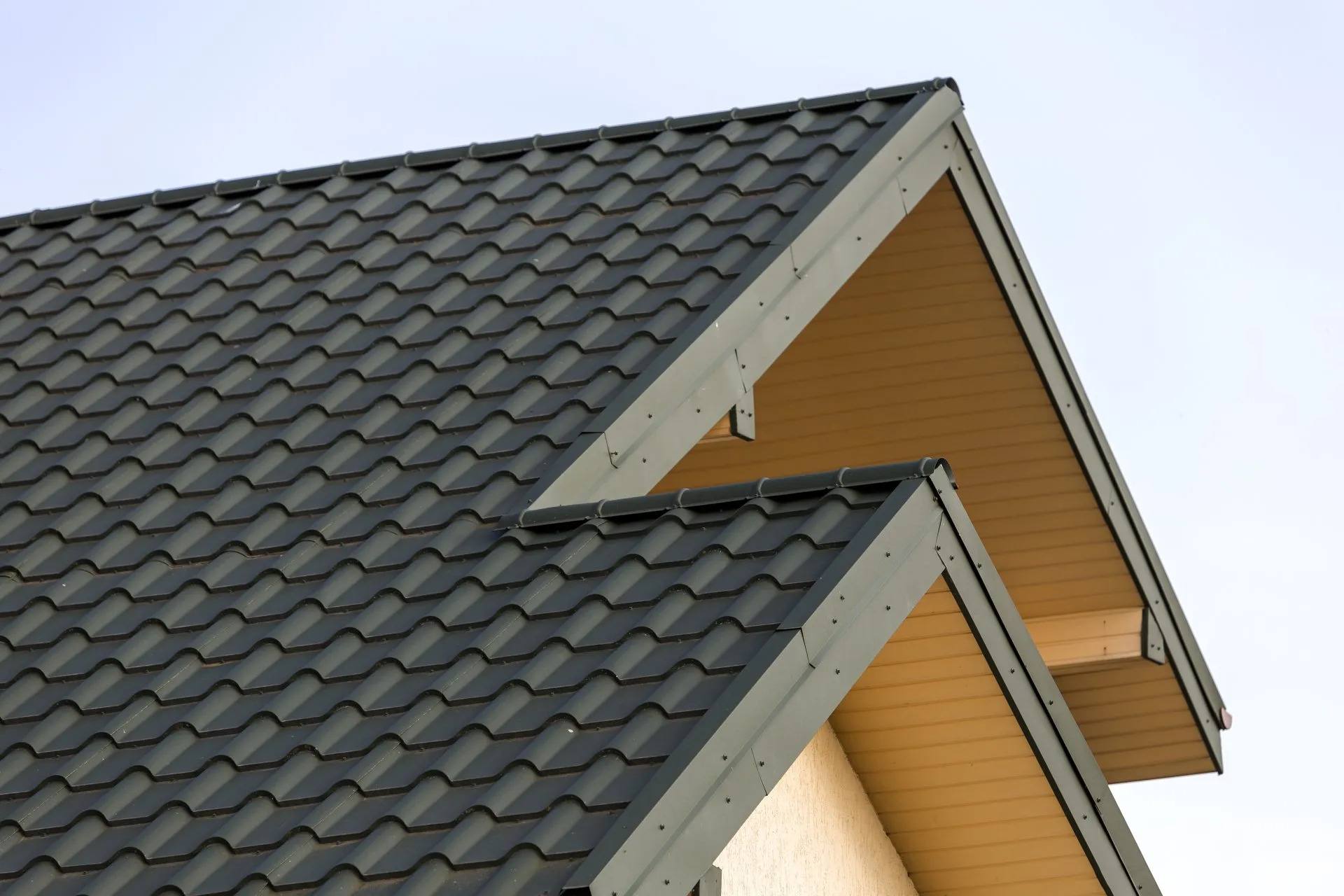Metal Roofing
Our trusted roofing specialists know the best materials to utilize to give your building the finish it deserves.
Metal Roofs
Metal roofs are extremely popular with many homeowners because they last for decades – great if you’re selling your house! The most common problem falls under metal’s one downside: fire. When a home catches on fire, metal shingles typically do not stand up well to this type of event and often require repair afterward; even in cases where it doesn’t catch on fire, metal needs extra protection against corrosion which may occur over time due to exposure from rain water or other sources.
Metal roofs can be a challenge to maintain as they accumulate rust and sometimes even holes when it’s melted from the snow buildup. For this reason we use materials such as galvanized metals to reduce the impact of corrosion; if not then there could be what’s called “metal fatigue”, which means parts of the material will one day just snap off with no warning sign whatsoever in the same manner an overstretched rubber band breaks all at once without any forewarning signs!
Metal roofs are not very common, but they have their own problems related to the material itself as well as installation mistakes. The most common issues arise from nails dislodging or pulling up while in use and improper metal flashing (a metal cover that prevents water leakage).
Metal roofs can be either steel, aluminum or copper – all of which require specific repair techniques.
Damage to steel roof includes
- Rust
- holes from melting snow and
- oxidation.
The process to fix a steel roof is fairly simple:
- sand off any rust on the metal;
- paint with an oil-based protective coating or galvanize with zinc to protect against future corrosion.
Damage to aluminum roofs can include damage caused by sun exposure, which will lead to discoloration of the material in time (which makes it harder for light beams such as those from headlights) – this causes the appearance of “spider webbing”.
To restore your aluminum roof, our as professional roofing contractors we remove all debris that could cause more problems later down the line plus seal it up good so no water gets through.

Copper roofs have an advantage over zinc because they’re more durable and don’t corrode like their counterpart does but copper doesn’t offer much protection against fire whereas zinc will melt at high temperatures before burning through entirely.
For example, if your rain gutters have been damaged by ice dams (during an unusually cold winter) you may need to remove them entirely before repairing any other materials that were also affected. As for repairs on these types of roofs, we’ll talk about two different approaches below.
- Patching technique: We use nail guns with nails designed specifically for this type of material to patch small areas where there is minor damage. For this method, we need nail guns with nails designed specifically for your metal roof so that you can patch small areas where there is minor damage. We may use a product like Hot Melt Adhesive in order to seal up good so no water gets through because copper roofs are expensive due to their high cost. We recommend you fix these roof leaks as soon as possible before they worsen and cause extensive damage. If your rain gutters are overflowing, it’s a good idea to clear them of debris and leaves in order to prevent water from entering the roof.
- Panel replacement technique: This will entail removing all of the damaged material and replacing it with new panels!
- Roofing sealant: This is another helpful method for sealing your metal roof. You’ll need something like hot melt adhesive or mastic that will adhere well to metals so you can ensure long term protection!
“Being able to do a good job can only come after years of training and hands-on experience. We have that – and we love our trade.”